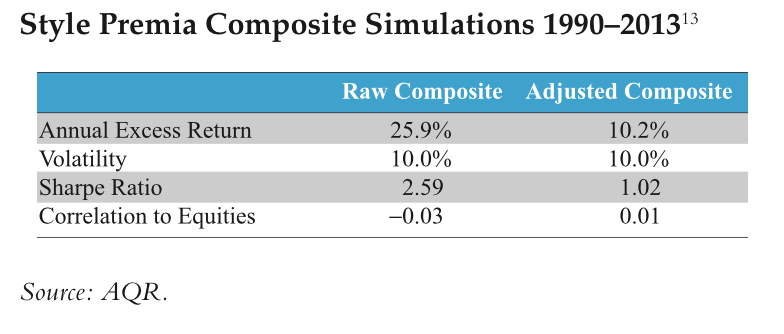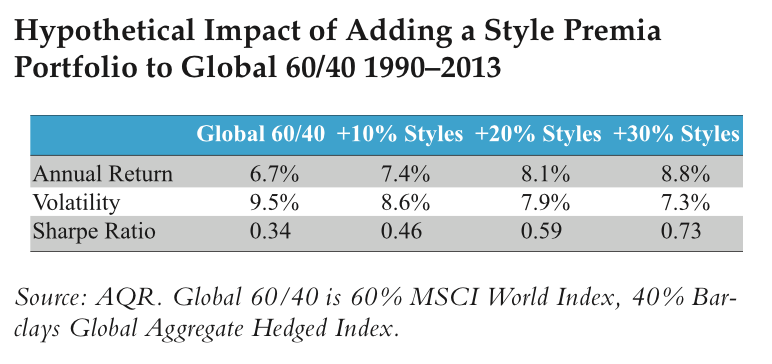Norway’s $856 billion sovereign wealth fund (SWF) is to get a new responsible investment mandate from January 1.
The country’s Ministry of Finance has appointed a new Council on Ethics to provide feedback to the Government Pension Fund Global’s advisory committee. It has also given the fund new guidelines about excluding companies from its portfolio.
Responsibility for “observation and exclusion of companies” has passed from the Ministry of Finance to Norges Bank, which runs the fund’s investment portfolio.
“The changes in the governing documents are a result of a long-term effort to strengthen the work on responsible investment management in the fund,” said Siv Jensen, Norway’s minister of finance. “Emphasis is put on facilitating better interaction between active ownership and the exclusion mechanism.”
The changes follow research by Norges Bank Investment Management, at the ministry’s request, which showed that active engagement with companies was a preferable approach to divestment.
The ministry did not make any changes to the criteria currently in place that dictate the companies that must be excluded from the SWF’s portfolio.
The five new members of the Council on Ethics include chairman Johan Andresen, owner of financial and industrial conglomerate Ferd, Guro Slettemark, general secretary of Transparency International Norway, and humanitarian lawyer Cecilie Hellestveit. Hans Christian Bugge, professor of environmental law at the University of Oslo, and Arthur Sletteberg, CEO at Norwegian Microfinance Initiative, have also been appointed to the council.
Related Content:Norway SWF: Divesting ‘Ineffective’ Against Climate Change & How the World’s Largest SWF Gets the Best from Active Managers


